Confidence is like a magnet – it draws people towards you and opens doors to opportunities. Whether you’re in a job interview, a sales pitch, or just navigating everyday life, understanding that you are always selling yourself is key. In this blog, we will explore the art of confidence and how to sell yourself effectively. We’ll cover concepts like presenting yourself as a “glass half full,” the importance of power questions and reframing, tools for immediate state changes, daily habits to boost your confidence, and practical exercises to enhance your self-assurance.
Understanding That You Are Always Selling Yourself
The first step in mastering the art of confidence is acknowledging that you are constantly selling yourself. From job interviews and business meetings to social interactions and dating, every encounter involves presenting and promoting yourself. To do this effectively, you need to cultivate a positive self-image and learn the art of self-presentation.
- Present Yourself as Glass Half Full: Imagine your life as a glass of water. Is it half full or half empty? Your perspective matters. When you see yourself as a glass half full, you radiate positivity. People are naturally drawn to individuals who exude optimism. So, make an effort to focus on your strengths and achievements, emphasizing the positives in your life.
Power Questions and Reframing
Power questions and reframing are techniques that can transform the way you perceive yourself and the world around you.
- Power Questions: Ask yourself questions that empower you. Instead of asking, “Why do I always mess up?” try, “How can I improve this situation?” When you ask the right questions, your mind starts seeking positive solutions, boosting your confidence.
- Reframing: This involves changing your perspective on challenging situations. Instead of seeing failures as defeats, view them as valuable learning experiences. By reframing setbacks as opportunities to grow, you’ll build resilience and confidence.
Tools for Immediate State Changes
When you need an instant confidence boost, there are several tools you can utilize:
- Visualization: Close your eyes and visualize a successful outcome. See yourself confidently acing that presentation or winning that negotiation. This mental rehearsal can help reduce anxiety and increase self-assurance.
- Power Pose: Amy Cuddy’s famous TED Talk highlighted the impact of power poses on our self-confidence. Stand tall with your shoulders back and chest out. This body language not only conveys confidence to others but can also trigger a positive shift in your own mindset.
- Positive Affirmations: Repeating positive affirmations can be a powerful tool for immediate state changes. Create a list of affirmations that boost your confidence and repeat them regularly, especially when you’re feeling doubtful.
Daily Habits to Grow Your Confidence
Confidence is not something you can acquire overnight; it’s a skill that you must nurture daily. Here are some habits to help you grow your confidence over time:
- Set Goals: Establish clear, achievable goals for yourself. As you work towards them and achieve success, your confidence will naturally increase.
- Education and Skill Development: Invest in continuous learning and skill development. Gaining new knowledge and mastering skills will boost your confidence in your abilities.
- Healthy Lifestyle: Exercise regularly, eat a balanced diet, and ensure you get enough sleep. Physical well-being is closely tied to mental well-being, and feeling healthy can enhance your confidence.
- Surround Yourself with Positivity: Build a support network of positive, encouraging individuals. The company you keep can significantly impact your self-esteem.
Exercises to Boost Your Confidence
Here are some practical exercises you can incorporate into your daily routine to strengthen your confidence:
- Self-Reflection: Spend time daily reflecting on your achievements and positive experiences. Journaling can be a helpful way to document these moments and reinforce your self-worth.
- Public Speaking Practice: If you’re uncomfortable with public speaking, practice it regularly. You can start by speaking in front of a mirror or recording yourself. Gradually work your way up to speaking in front of small groups.
- Step Out of Your Comfort Zone: Make a list of activities or experiences that challenge you and gradually tackle them. Stepping out of your comfort zone is an excellent way to build self-confidence.
- Meditation and Mindfulness: Mindfulness practices can help you stay grounded and calm, reducing anxiety and boosting your self-assurance. Regular meditation can provide numerous psychological benefits.
- Receive Feedback Gracefully: When you receive feedback, view it as an opportunity for growth rather than a criticism. This approach can help you grow and improve, increasing your self-esteem.
Conclusion
The art of confidence and selling yourself effectively involves constant self-improvement, a positive mindset, and practical techniques. Understand that you are always selling yourself, present yourself as a glass half full, use power questions and reframing to shift your perspective, and employ tools for immediate state changes when needed. Incorporate daily habits to grow your confidence and engage in exercises that challenge and strengthen your self-assurance. Remember that confidence is a skill that can be cultivated over time, and with practice, you can master the art of selling yourself confidently and authentically.


